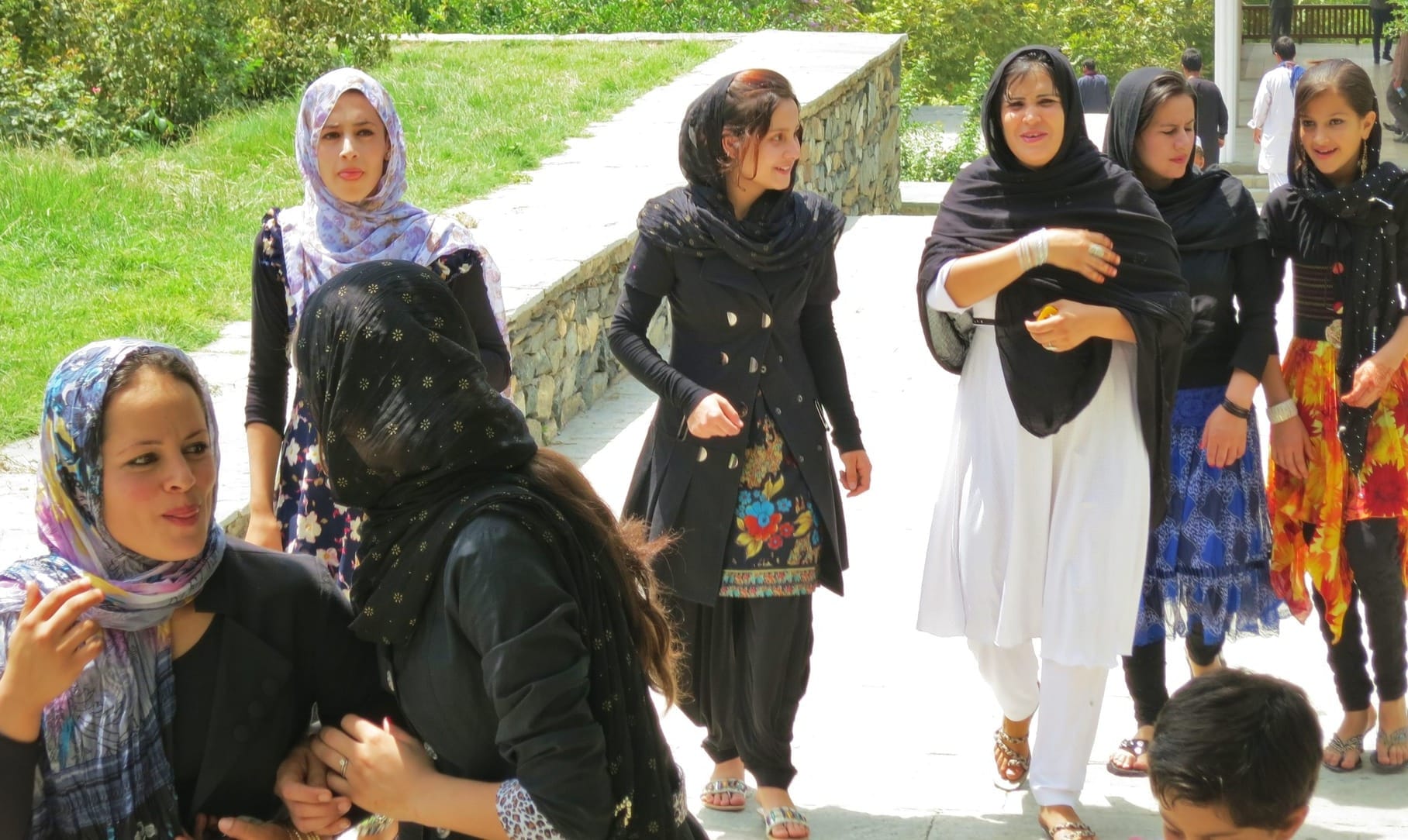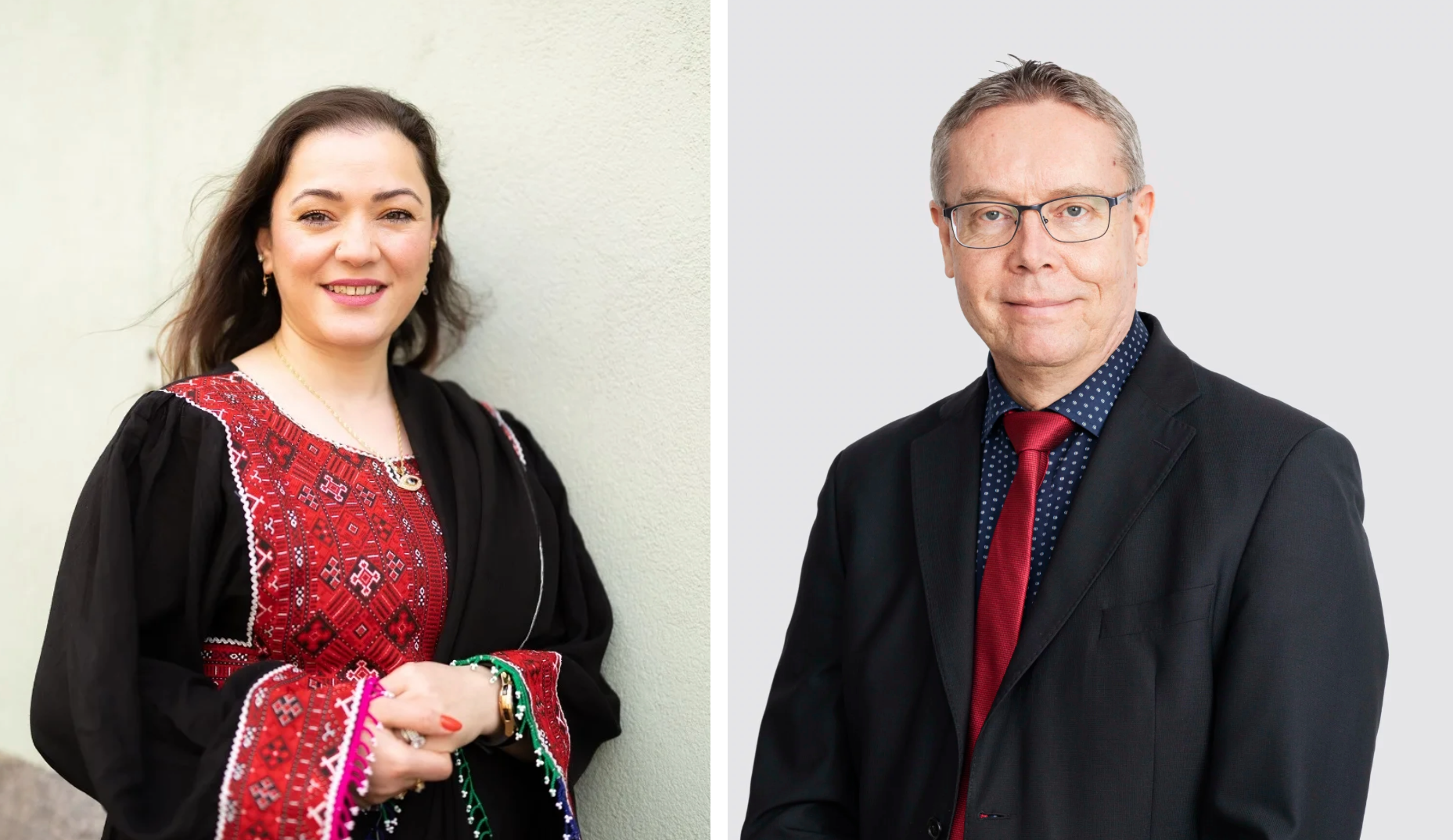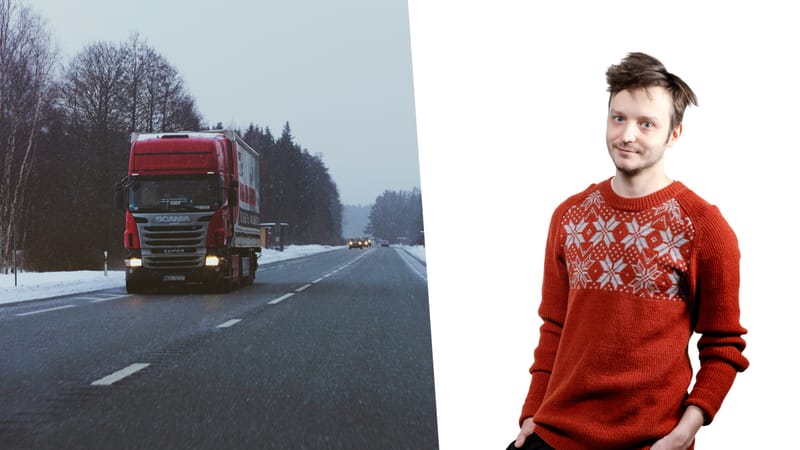Afghan women in the shadow of tyranny – researcher: change must come from within
Under the current Taliban regime, Afghan women and girls are almost entirely excluded from public life. Senior researcher Olli Ruohomäki reflects on what could be done about their dire situation, and what lessons might be learned from other post-conflict countries.

Homaira Qadare, named Refugee of the Year, highlights in an interview with Verde the dire situation of Afghan women and girls.
“Phone calls with my cousins often end in tears. Women cannot go anywhere or do anything,” Qadare says.
Afghan women and girls have been almost entirely excluded from public life, education and employment. Movement without a male guardian is prohibited, and daily life is shaped by threats and violence. Their plight is compounded by Afghanistan’s multiple humanitarian crises and economic instability.
What can be done to improve the position of Afghan women and girls? And more broadly, what tools exist – drawing on lessons from other conflicts – to ease the suffering of those living under tyrannical regimes?
We spoke with Olli Ruohomäki, a Visiting Senior Fellow at the Finnish Institute of International Affairs and an officer at the Finnish Ministry for Foreign Affairs. His areas of expertise include terrorism, peace processes, crisis management and development policy. He has published extensively on Afghanistan, where he spent several periods between 2003 and 2017. Ruohomäki holds a PhD from the School of Oriental and African Studies (SOAS), University of London.

What can we learn from other conflicts?
Every conflict is unique. They should not be viewed in isolation but as part of a continuum. Afghanistan endured four decades of war, starting with the Soviet invasion in 1979 and ending in 2021 with the fall of the Western-backed republic and the rise of the Taliban.
Ethnicity has long shaped women’s position in Afghanistan. During the republic, many of those who fled to Europe and received asylum were from the Hazara minority, whose historically difficult circumstances contrasted with those of the Pashtuns. A woman’s opportunities also depend heavily on whether she lives in a city or rural area, and in which part of the country. Direct comparisons with other post-war or post-conflict situations are therefore misleading.
This is not to downplay the severe injustices faced by Afghan women, but to stress that solutions cannot simply be copied from elsewhere.
Research shows that once conflicts end, violence often persists in society, including domestic violence and other crime. In Afghanistan, domestic violence has certainly not diminished under the current regime, though overall criminal violence remains relatively low – a result of the Taliban’s strict control.
Can change be pushed from the outside?
It is far more effective when change grows from within a society. Otherwise, if not impossible, it is at least very difficult, Ruohomäki says.
Afghanistan already experienced an ambitious attempt at social engineering, with unconvincing results due to highly unrealistic assumptions.
However, within the Taliban leadership there are differing views on the severe restrictions imposed on women. Some leaders have lived in Pakistan or Gulf states such as Qatar, where they have witnessed women playing significant roles in politics and the economy – as exemplified by former Pakistani prime minister Benazir Bhutto.
Ruohomäki estimates that among the top roughly 200 Taliban leaders, well over half do not support the current course. But as in many authoritarian regimes, real power is concentrated in one man – much like Putin’s Russia or Orbán’s Hungary. Those around him rarely rock the boat, as they too risk losing their positions.
Why does change feel so difficult?
Seeds of change planted by the West face serious obstacles. The U.S. “crusades” of the early 2000s, driven by neoconservatives’ ambition to “spread democracy” to Muslim countries, left deep scars. Initiatives from the West are still met with immediate resistance.
If external influence is to matter, it will likely come from Afghanistan’s neighborhood or the wider Islamic world. Religious scholars have engaged the Taliban in discussions about women’s roles elsewhere in Islam. So far, these debates have not altered the course of policy.
“The Taliban’s instinctive reaction – ‘Don’t tell us how to run our country now that we’re in power’ – is in some ways understandable,” Ruohomäki notes. “I sometimes compare it to Finland’s independence in 1917 and the civil war that followed. Would we have welcomed outside advice on how to build our new society? Hardly. It was very much a homegrown process for Finland too.”
Should signs of new Taliban diplomacy be approved of?
It has been more than four years since the collapse of the republic. The West, still reeling from “losing the war,” struggles to admit that anything positive could have followed from Taliban rule.
During the worst years of the Western-backed republic, up to 500 civilians – including women and girls – died every day. Now, at least, no one dies in open battles.
Analysts also currently agree that Afghanistan is unlikely to become a base for international terrorism in the short or medium term. The key reason, according to Ruohomäki, is that the Taliban are building an emirate, not a caliphate. Al Qaeda dreamed of a global caliphate, and ISIS pursued that vision – a worldwide Islamic state under a single leader. The Taliban, by contrast, have always focused on an Islamic state within Afghanistan’s borders.
Another major change is the near halt of the heroin trade. International drug trafficking involves astronomical sums – trillions of dollars – and causes immense violence and suffering worldwide. The Taliban’s clampdown on heroin production has made a significant dent in this business, a development that has received little recognition in the West.
Ruohomäki stresses again that his perspective is geopolitical. He does not in any way try to diminish the suffering of individuals, especially minorities such as the Hazaras.
Why do Western states tolerate tyrannies?
Initially, many Western countries opted to isolate the Taliban regime until improvements, particularly in women’s rights, were achieved. But diplomatic relations have already softened in some cases, and recognition has advanced. Britain, for example, accepted the Taliban’s demand to cut ties with representatives of the former republic. Russia recognized the regime in July, and just last week China and Pakistan held talks with Taliban leaders.
Accepting poor living conditions for civilians is never justified. But total isolation also carries consequences. No one wants Afghanistan to become another North Korea – a pariah state and potential haven for terrorism.
Limited engagement does not mean embracing the Taliban worldview, but dialogue must start somewhere. The Taliban themselves have signaled readiness to move on, even proposing business deals in mining. And it is worth remembering that many of today’s Taliban leaders were once mujahideen, allied with the CIA against Soviet forces in the 1980s.
“What goes around comes around,” Ruohomäki says.







